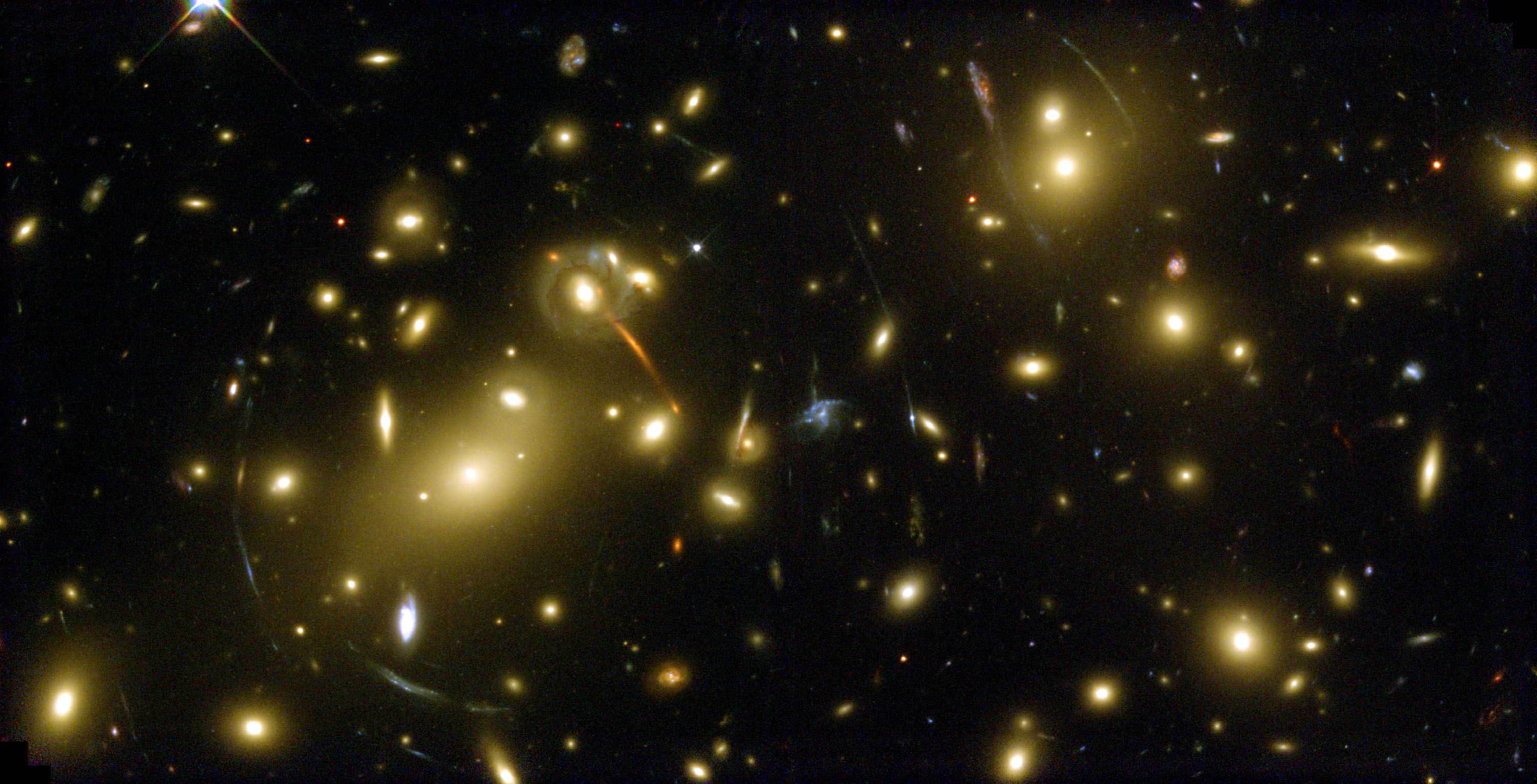Below are illustrations of Lupus whose stars shine in the southern hemisphere. Lupus, named by Ptolemy in the 2nd century, lies between Centaurus and Scorpius. However, Lupus wasn't always a wolf; other cultures saw him as a wineskin for Centaurus, a sacrificial beast on behalf of Centaurus, and as a half man, half lion hybrid (1)
The ancient Scandinavians eyed a different set of stars for pinning their legends about wolves. The Mouth
of the Wolf ("Ulf's Keptr"), which the Greeks called the Hyades, became for the Norse, a
wolf's mouth:
In Norse mythology there are two wolves hunting the
sun and the moon. The mouth of
the wolf is close to the ecliptic,
and it can be interpreted as one of these wolves. An
alternative
explanation is that it symbolises the Fenrir Wolf, whose mouth is
held open
with a sword, The milky way is then formed by the foam
from his mouth. But this is not
supported by the myth, as Fenrir was
chained underground. If the Milky Way is the road
to Hel, the wolf
could be Garm, who is guarding the entrance to Hel (2)
There are as many legends in the sky as there are native cultures to support them, but I found a few which depict how First People viewed the same stars as we do.
(Footnote 3)
And here is the Big Dipper, aka as the Plow, the Great Bear, and the Seven Rishis:
Lastly, we have the deep space image of Abell 2218, which is also known as The Wolf and the Moon. Abell 2218 was used as a gravitational lens to discover the most distant known
object in the universe in 2004. The object, a galaxy some 13 billion
years old, is seen from Earth as it would have been just 750 million
years after the Big Bang (4).
I'm sure there are more legends of the wolf attached to the stars in the sky, so from here, you're on your own. Be the detective; follow those leads. And when you do find them, please share. After all, aren't we supposed to educate each other? The more we know, the better we can dispel the bad myths attached to wolves and place them in their right place as an apex predator here in the reality of our world.
Lin
May 4, 2014
Sources:
1. Wikipedia contributors. "Lupus (constellation)." Wikipedia, The Free Encyclopedia. Wikipedia, The Free Encyclopedia, 24 Mar. 2014. Web. 4 May. 2014.
2. Jonas Persson. Norse Constellations. http://www.digitaliseducation.com/resources-norse.html . Web. 4 May 2014.
3. Brad Snowder. "Wolves, Coyotes, and Bears." American Indian Starlore. Dr. Leslie E. Spanel Planetarium. Web. 4 May 2014.
4. Wikipedia contributors. "Abell 2218." Wikipedia, The Free Encyclopedia. Wikipedia, The Free Encyclopedia, 9 Jan. 2014. Web. 4 May. 2014







No comments:
Post a Comment